Description
Commercial Use
Images may be licensed for commercial use via the “add-to-cart” button on each of the image pages.
Non-Profit, Educational & Academic Use
All of our images are “Creative Commons” for non-profit, educational and academic use. Fill out this form and please provide a visible photo credit to Macroscopic Solutions with a link to www.macroscopicsolutions.com when using our images for this purpose.

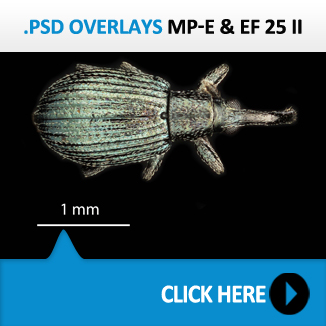 .PSD Overlay files for MP-E 65mm 1-5x lens
.PSD Overlay files for MP-E 65mm 1-5x lens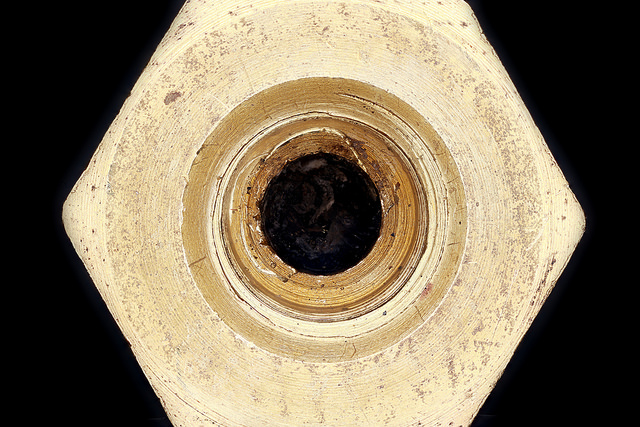

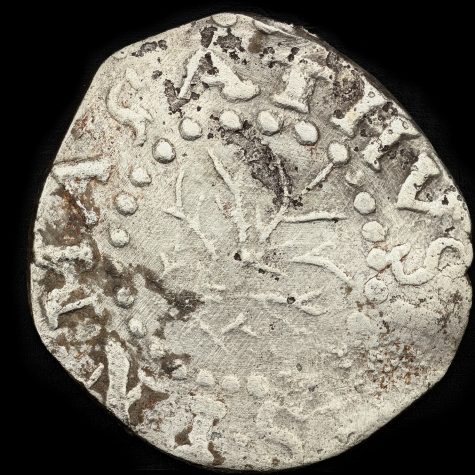
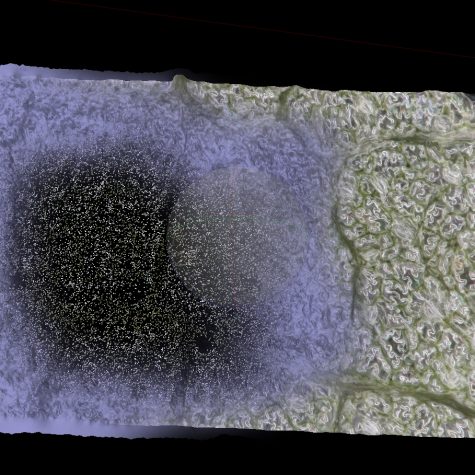
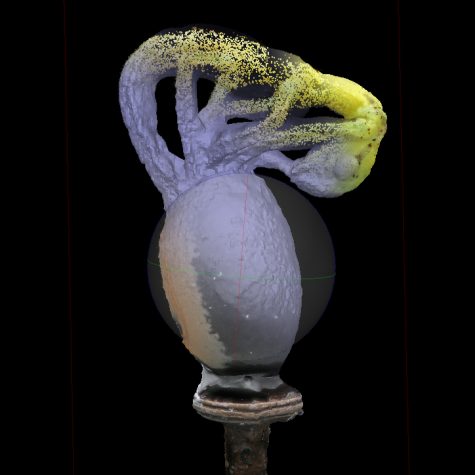
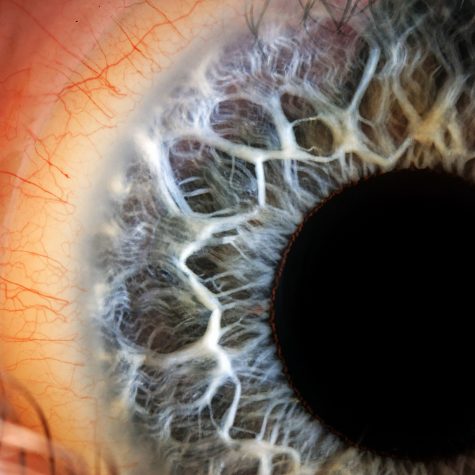
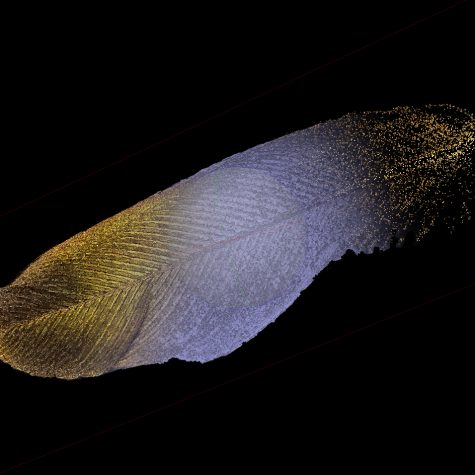
Reviews
There are no reviews yet.